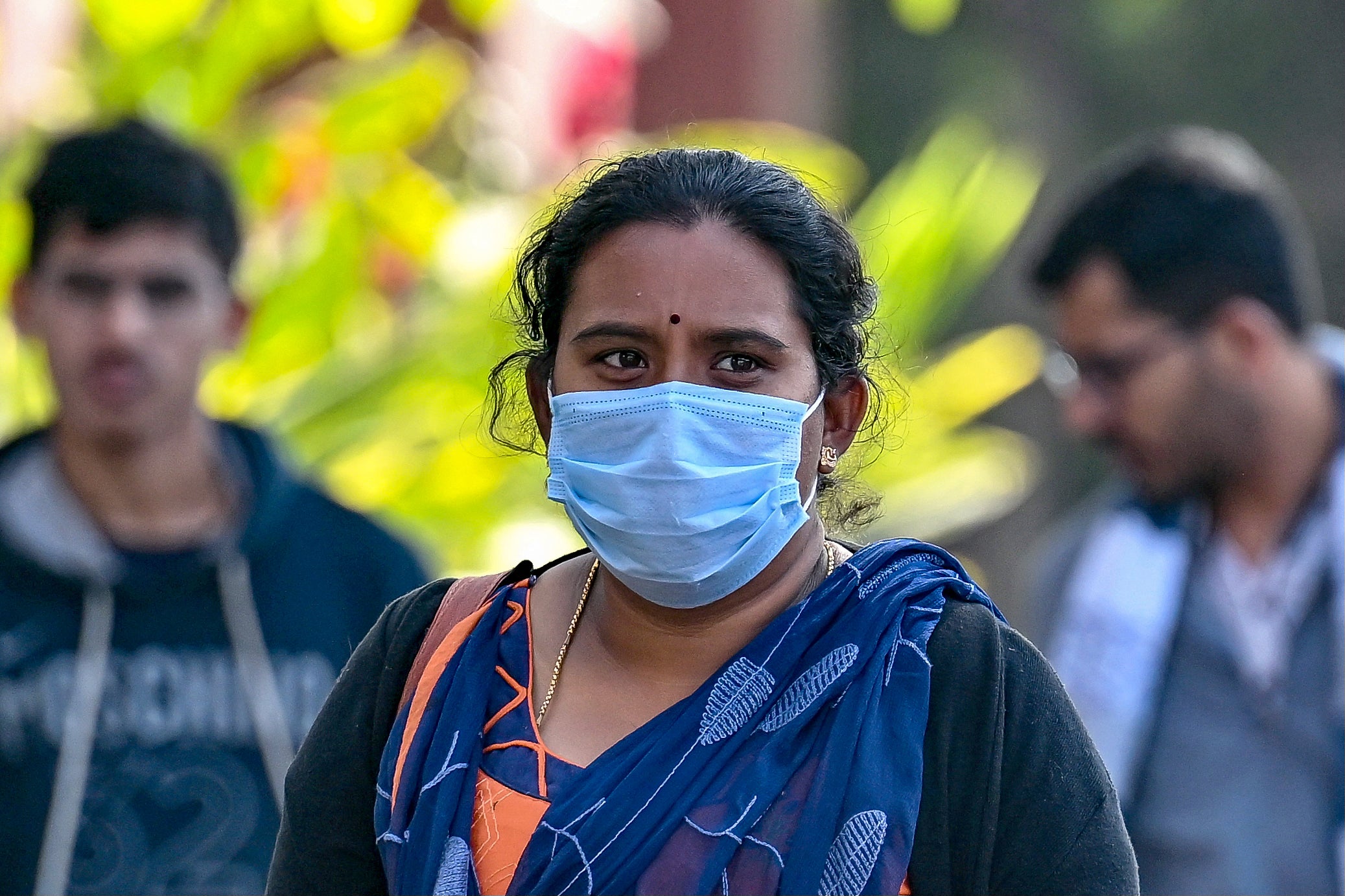What is Human metapneumovirus (HMPV) and what are the symptoms?
Share:
China is facing a rise in cases of human metapneumovirus (HMPV), a respiratory virus with symptoms similar to those of the common cold, flu, and Covid-19. Outbreaks of the virus have hit numerous regions of the country, and given that there’s no vaccine, people in China are being urged to wear masks.
![[What is measles? Vaccine, rash, and symptoms as UK sees rising cases]](https://static.standard.co.uk/s3fs-public/thumbnails/image/2019/04/26/08/Childrenvaccineban2604a.jpg?crop=8:5,smart&quality=75&auto=webp&width=960)
But what is the virus and what are its symptoms? Here’s what you need to know. Humans, however, continue to become infected throughout their lifetimes since the illness only produces a minimal or ineffective immune response. In the States, the most vulnerable populations for these infections — young children and the elderly — were dominant in hospital intensive-care units. Nearly 11 per cent of those tested were HMPV positive at its peak in mid-March, a figure that is roughly 36 per cent higher than the typical, pre-pandemic seasonal peak of seven per cent test positivity.
![[What is mpox? Londoners at risk urged to get vaccine as cases rise]](https://static.standard.co.uk/2022/10/13/11/e115658310351ef4919cfcc5b7466715Y29udGVudHNlYXJjaGFwaSwxNjY1NzQxNzAy-2.68039496.jpg?crop=8:5,smart&quality=75&auto=webp&width=960)
A brief illness brought on by the virus typically lasts two to five days and resolves on its own. Patients may choose to treat their condition using over-the-counter medications, like a decongestant. However, in extreme circumstances, the virus might cause asthma attacks, wheezing, and breathing problems. Anyone experiencing these symptoms is encouraged to visit their doctor because they might require a stronger medication or a temporary inhaler.
![[Researchers find 4,000-year-old plague DNA – the oldest cases to date in Britain]](https://static.standard.co.uk/2023/05/30/16/30140042-c9a7da48-cfdd-462f-b5b8-cbaf53089348.jpg?crop=8:5,smart&quality=75&auto=webp&width=960)






















